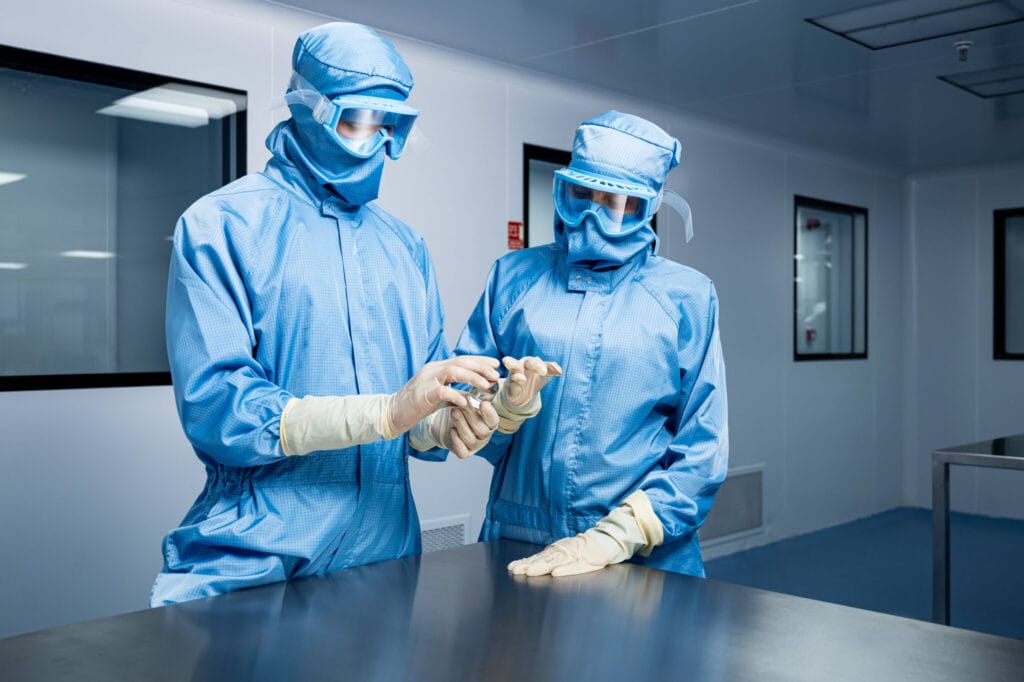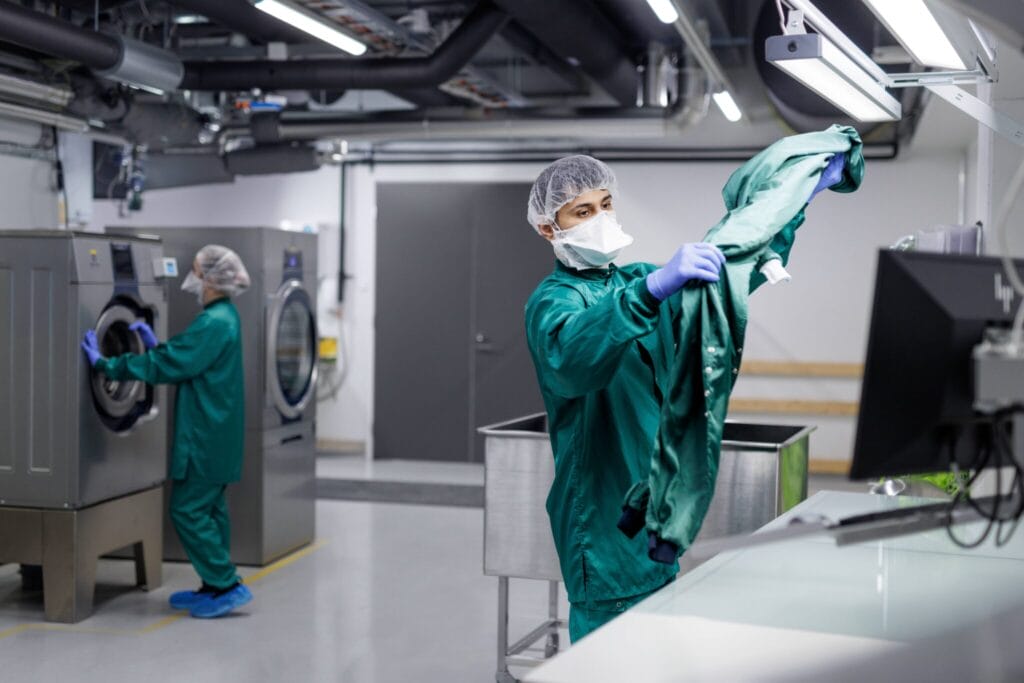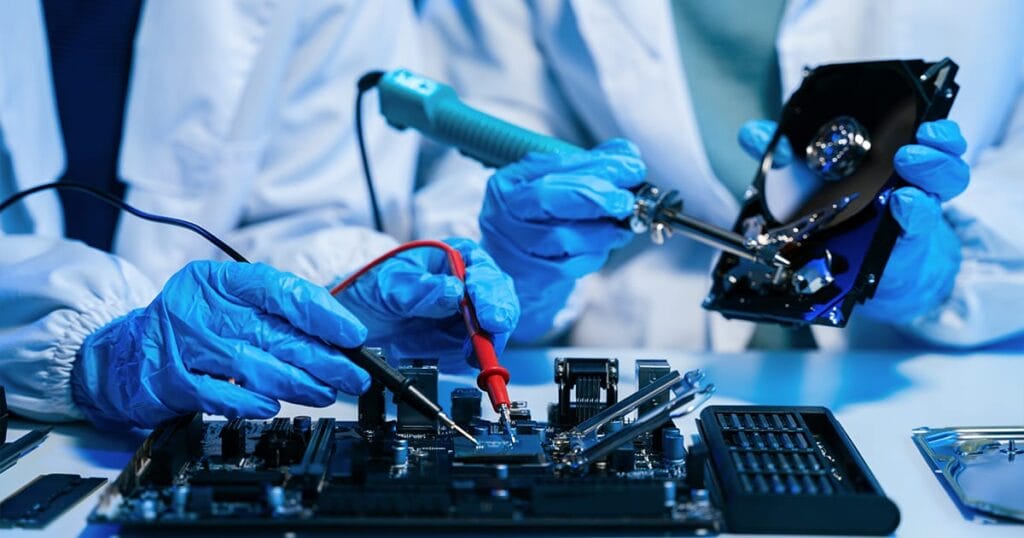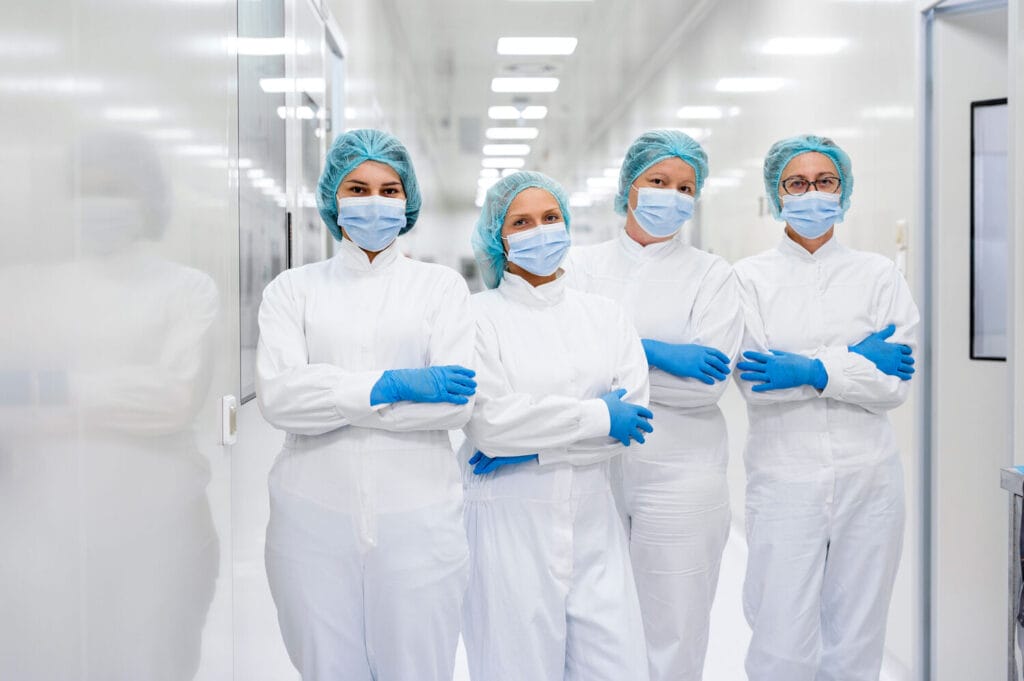
Development in pharma cleanroom gowning: minimising contamination
In the pharmaceutical business, having a clean room is meant for the safety and effectiveness of the product manufactured. Facilities classified as cleanrooms are necessary for minimising contamination, and one of the most important processes in this regard is ladder cleanroom gowning. However, as more and more people demand quality pharmaceuticals, changes in cleanroom gowning supplies and habits are taking place to help standard regulations for contamination control.
Importance of Cleanroom Gowning:
Cleanroom gowning functions, in a way, as a glove, protects the controlled environment from being contaminated by valuable personnel, particles, microorganisms, and fibres. Contamination indeed has adverse effects on pharmaceutical products and, more so, on the product buyers, disappointment in regulatory problems, product withdrawal, and even harm to the patients. How effective gowning is will depend on the cleanroom gowning supplies as well as the procedures that are followed. The process of gowning consists primarily of putting on of cleanroom suits, gloves, hoods, booties and face masks among others. Each of the above components contributes greatly to ensuring environmental cleanliness and safeguarding the aseptic areas in the pharmaceutical processing.
Current Developments in Cleanroom Gowning Supplies:
With the growth in technology and the increasing demands within the pharmaceutical industry, cleanroom gowning supplies have been developed and re-structured to meet new challenges. Below are some of the latest developments that we anticipate will influence the future of cleanroom gowning:
- New Textiles and Materials: The most dominant trend in cleanroom gowning is geared towards the mass production of advanced materials for manufacturing gowns, suits, and other apparel. Today’s cleanroom gowning supplies are produced using lightweight and permeable materials but provide sufficient barrier protection against contamination. These fabrics are also manufactured to be safe from particle shedding when worn for many hours. More recent materials have ESD properties, making them excellent for low and controlled areas of static electricity.
- One-Use Gowning vs Re-Use Gowning: Single-in and single-use gowning versus in-and-out and cyclical gowning continue to polarise the need for certain cleanroom methodologies. Single-use garments are mostly implemented in areas where higher levels of cleanliness are required because there is no risk of contamination through washing.
On the other hand, the market for reusable cleanroom gowning supplies is increasing because reusable garments are environmentally friendly and cost-effective. These garments are laundered to the required standards for several usages, and with the emergence of new washing technologies, the effectiveness of the clean garments is improving.
- Greater Assurance of Sterility: There is a growing concern in gowning on sterility assurance in the pharmaceutical industry. This has resulted in measures such as gamma radiation and autoclaving, in the sterilisation of clean room gowns that are used prior to the gowning. Some companies are also looking for ways to optimise the packaging of gowning supplies so that they do not get spoiled while being kept or moved about.
- Training and Compliance monitoring: These are vectors of contamination that are avoided by using the contaminant-free gowning procedures. Companies within the pharmaceutical industry actively resource training towards personnel activities in gowning aspects. The new thing is that there are even systemised ways of ensuring that gowning activities are adhered to through automation.
For example, the use of RFID cleanroom gowning supplies allows for the tracking of garments used in the cleanroom and enforces adherence to gowning requirements. This also enhances compliance and adds extra usage data.
Conclusion:
The containment of contamination in the pharmaceutical clean room attire is becoming more sophisticated with time. The comprehension of discomfort levels recently brings forth a recognition of such wear through new fabrics and materials on the rise as well as new trends centered on growing ineffability that purport clean room gowning supplies, which are helping the pharmaceutical industries maintain maximum cleanliness.
Whether you are exploring new gowning options or looking to update existing protocols, keeping yourself updated about these changes is fundamental for ensuring that your clean area remains clean and compliant with the required regulations.

Frequently Asked Questions (FAQ)
Cleanroom gowning offers meaningful advancements that meet manufacturing’s increasing demands. Lindström is at the forefront of this evolution near developing gowning solutions that incorporate lightweight, breathable materials, also these materials offer improved barrier protection. Wearer comfort is improved by these innovations and stringent contamination control is maintained because regulatory standards demand pharmaceutical environment compliance.
Advanced textiles are used to create modern cleanroom garments that resist microbial penetration and minimize particle shedding. Lindström uses materials that are durable along with comfortable. Electrostatic dissipative qualities are found in these materials too. These fabrics improve pharmaceutical cleanrooms’ overall cleanliness with their help to reduce static electricity that can attract contaminants.
Lindström sustains operations through the offering of reusable cleanroom garments that happen to be laundered rigorously for the maintaining of their protective qualities. Lindström makes certain that these garments do meet contamination control standards for multiple uses by implementing advanced washing technologies. They lessen environmental effects without sacrificing safety or compliance, therefore.
Technological advances improve compliance via real-time tracking of gown use and laundering cycles, such as garment RFID tag integration. Lindström uses such technologies to monitor garment integrity so ensures adherence to gowning protocols, thereby reducing the risk of contamination due to human error or oversight.
Sterilization techniques like gamma radiation and autoclaving commonly ensure cleanroom garments are sterile through regular use. These methods eliminate microbial contaminants effectively. Garments therefore meet stringent cleanliness requirements of pharmaceutical environments.
Owing to their environmental benefits along with cost-effectiveness, reusable cleanroom garments are becoming rather more popular. Because laundering of the processes has advanced, these garments are now clean and sterile for multiple uses, and that reduces waste and expenses that are long-term.
Lindström offers several end-to-end cleanroom solutions and Lindström provides compliant garments and sterilizes items and trains people. Lindström stays abreast of regulatory changes as well as technological advancements. This action helps drug firms keep cleanroom rules, protecting patient health and product quality.



